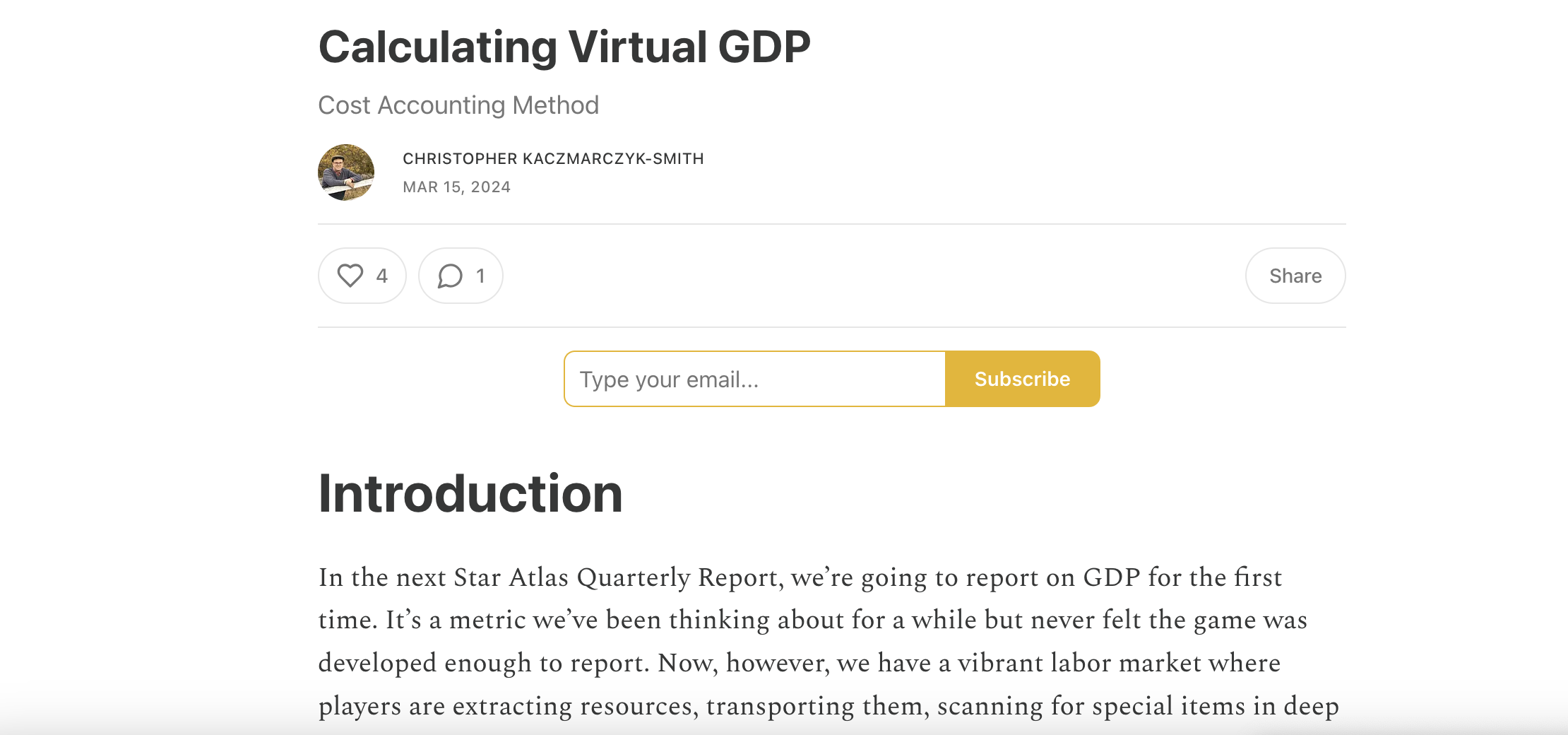Kikitrade, APAC-leading SocialFi platform announces today that the platform will be terminating access of Hong Kong users to flexible savings and locked savings product subscriptions, effective 2022/12/30 in response to the regulatory system regarding assets in the form of digital tokens by The Securities and Futures Commission (SFC), taking initiative in securing user assets, while other services such as spot trading, auto invest remain unaffected.
Sean Tao, Co-founder and CEO of Kikitrade said: "It has been one of our top priorities that Kikitrade puts it first of the asset security of our users, we've decided to cease savings product subscription in Hong Kong after careful consideration and communication with the SFC."
Sean emphasized that Kikitrade is working closely with the SFC, as the adjustment of services is to keep the promise made to users in compliance with applicable laws and regulations while conducting business, Kikitrade is echoing to its roots and working towards being listed as a licensed virtual asset trading platform.












All Comments